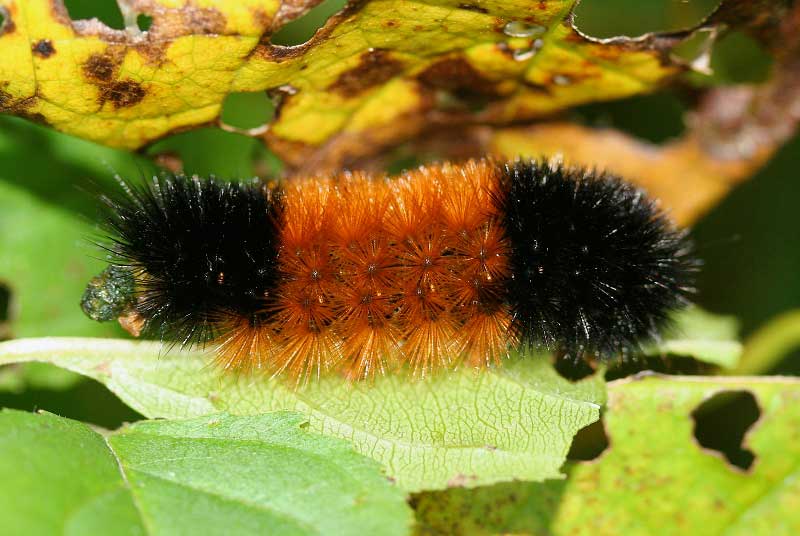RiskVA
Fall Nature Happenings 23 Oct 2013
It seems summer has dragged on forever, but cooler weather is finally making an appearance. Fall officially began on September 22, at the time of the autumn equinox when day and night are equal in length. Now days are getting shorter and nights longer.
For most of us, the obvious harbinger of fall and winter are the leaves of trees and shrubs changing color and falling. Plants – and many animals – have a built-in biological clock that measures day length. When their timer clicks down to a critical level chlorophyll, the green color we see in leaves all summer, stops being produced. Colors that have been hidden or masked by the chlorophyll begin to be visible. Notice I haven’t given Jack Frost any credit for the color play in the autumn. Cooler nighttime temperatures help with the color display but frost can ruin the whole show, killing the leaves. Then they merely turn brown and fall off.
The bio clocks in trees and shrubs are set for different shut off times. That’s why all the leaves in the forest or your neighborhood don’t suddenly turn color and drop to the ground at once. That’s a nice bonus since it lengthens the time we get to watch the fall colors.
But why do leaves fall at all? As those internal tree timers and nighttime temperatures reach their trigger point, specialized cells begin to develop at each leaf base. This so-called abscission layer chokes off nutrients to the leaves and weakens their attachment. Ultimately, they just can’t hold on and down they fall.
Your pets are also affected by day length. Cats and dogs and furbearing animals of the fields and forests begin to grow a dense undercoat to protect against winter’s cold. Unfortunately, that works in reverse too. In the spring your canine and feline friends will start shedding the undercoat all over your house if you have a Haushund or a Hauskatze.
Fall often seems to bring a lot of grasshoppers. Hopping, fluttering, clicking, buzzing, and clearly oblivious to the Grim Reaper of winter lurking just offstage. True to Aesop’s tale of the industrious ant and careless, lazy grasshopper, those long-legged hoppers will give their lives to the first killing frosts, while industrious ants will just huddle deep in their nests, awaiting the return of warmer weather. A lazy grasshopper is a dead grasshopper, something their Mamas should have taught them earlier in life.
Praying mantises, those fraudulently pious insect assassins, mate in the fall. Perverse eating machines that they are, the female often devours her mate for breakfast following their nuptial night! She then lays several hundred eggs in a layered, light brown foamy mass that hardens into a waterproof case tightly glued to trees, shrubs, grass stems – and the brick walls of my house. The eggs will overwinter and produce a new crop of pest eating mantises in the spring.
Wooly bears, those big, fuzzy, banded caterpillars that appear in the fall, offer other clues that summer is over. With a band of reddish-orange “fur” in their middle and black hairs on their front and back ends, they are the larvae of the Isabella tiger moth. Hibernating through the winter under the bark of trees and beneath forest floor litter, they will emerge in the spring and cover themselves with a silk cocoon mixed with their own hair. After a short time of transformation from a pupa to adult, they will emerge in late spring as an adult moth.
Weather myth proclaims that the narrower the wooly bear’s black bands, the more severe the winter, but scientists say band width is dictated only by age and moisture. Older caterpillars feeding in more moist areas have wider black bands. The patterns really do not predict winter’s rigors, but I still like the story anyway.
Squirrels, of course, have been scurrying around for some time, gathering and storing acorns and other food including our pecans. The little thieves are definitely denting our harvest. I also see them sitting on branches holding pine cones like ears of corn as they munch the scales off to get at the seeds inside. Squirrels are litter bugs; look for piles of scales and corn cob-like cone cores littering the ground under their favorite pine trees.
Meanwhile, the sun is sinking lower in the southern sky with each shortening day, and the northern hemisphere is soaking up less and less heat. Winter officially begins December 21st when our days are shortest and nights are longest.
So go outside anyway and see the changes taking place in the great outdoors. Fall is one of the most beautiful times of the year in East Texas and most of the United States!
Dr. Risk is a professor emeritus in the College of Forestry and Agriculture at Stephen F. Austin State University in Nacogdoches, Texas. Content © Paul H. Risk, Ph.D. All rights reserved, except where otherwise noted. Click paulrisk2@gmail.com to send questions, comments, or request permission for use.

